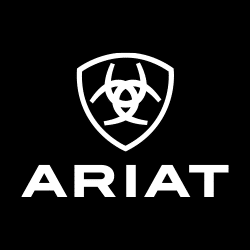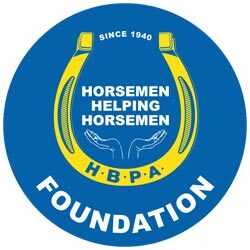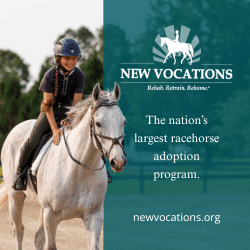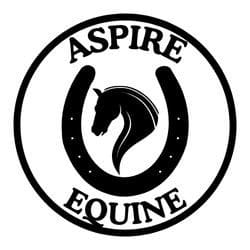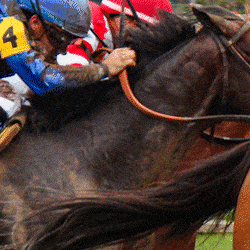How a horse’s pedigree can influence its talent off the track.
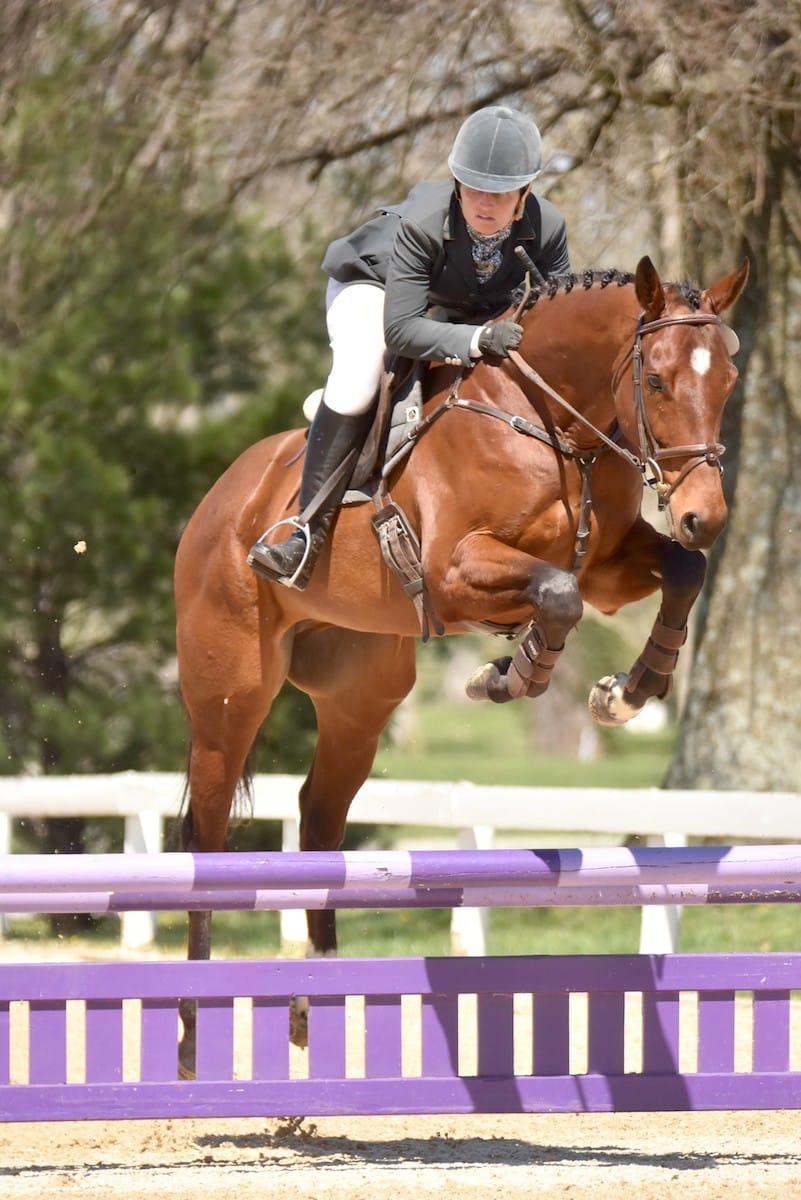
CUTLINE: Horses from the Fappiano sire line have gone on to find success in a variety of disciplines. Here, Jenn O’Neill rides Reeves, a 4-year-old grandson (Jockey Club name Nuri) of Fappiano, at his first event. Courtesy JJ Sillman
While no two Thoroughbreds are exactly alike, there is one commonality every member of the breed shares. Simply put, they were bred to be athletes.
Pedigree plays no small role in this notion. Each Thoroughbred is the result of a carefully planned mating, pairing particular bloodlines and attributes of a mare with those of a stallion in a way that will, in theory, produce the best combined version of the two.
At public auction, a horse’s pedigree can mean the difference between a four- or five-figure purchase price and a final bid in the hundreds of thousands, if not millions. How important is a Thoroughbred’s pedigree, however, once his racing days are behind him?
Connecting the Bloodline Dots
While physical attributes and temperament are of primary importance for most people purchasing a Thoroughbred for riding or competition, both are usually a logical product of a horse’s pedigree.
In polo, for example, players often look for smaller horses able to handle the sport’s signature tight turns, maneuverability and quick bursts of speed.
“Polo players typically like horses ranging in heights from 14.3 to 15.2 (hands) with a compact build with not too long of a back and a shorter neck,” says Justin Powers, director of club development for the United States Polo Association. “In a nutshell, we like Thoroughbreds that look like cow ponies.”
Powers’ passion for polo — and for Thoroughbreds — was passed down from his father and grandfather, both of whom trained Thoroughbred racehorses and also played polo. Powers works with his father, who is based at West Virginia’s Mountaineer Race Track, as an agent for polo players and polo pony trainers looking for retiring racehorses who might be well-suited for polo.
“In recent years, Valid Expectations has dominated polo bloodlines, so much so, in fact, that after his race-breeding career ended, he was bought by a polo operation specifically to breed for polo,” says Powers of the storied sire who died in 2015. “We’ve also had success with offspring of Thunder Gulch and Magna Graduate, both of whom have a wide, stocky and muscular build that is perfect for polo.”
Powers notes that you also often see Storm Cat, who is easily one of the most influential Thoroughbred stallions in horse racing history, in top polo ponies’ pedigrees.
“A lot of people have had success with offspring of Storm Cat and his sons at stud,” says Powers. “We’ve had a few that have been freakishly athletic, which is needed to be a top polo pony.”
Descendants of Storm Cat, as well as those of his grandsires, Secretariat and Northern Dancer, have also gone on to find success in other disciplines. Many of their progeny tend to have the added thickness through the neck, girth and hip, as well as a pleasing bascule over fences, which is sought after in the hunter ring.
There are those, however, who proceed with caution when they see Storm Cat’s name in the pedigree of a horse they are considering for purchase, says professional eventing rider and trainer Jenn O’Neill, who operates under the banner of her Lucky Dog Eventing, in Lexington, Kentucky.
“I’ve found that horses with Storm Cat blood often tend to be one-person horses,” she says. “When I am shopping for sale prospects or horses for amateurs or young clients, I tend to avoid Storm Cat in the pedigree, as they can be difficult to ride. That being said, one of my own horses is out of a Tabasco Cat (a son of Storm Cat) mare and is probably one of the nicest horses, raw-talent-wise, that I’ve ever had. The flip side is that he bites, he leaps and he is very hot and very opinionated. While he has all the makings to be an upper-level horse, he probably won’t ever make a nice lower-level amateur horse for someone.”
Turf Translates
For a variety of reasons, horses with a propensity for the turf — or whose pedigrees would suggest as much — tend to adapt well to disciplines that require a sustained gallop over distance and jumping.
Several factors could be at play here. Turf races tend to be held over longer distances and, so, turf horses tend to have more slow-twitch muscle and endurance than do dirt sprinters, whose muscle ratios favor quick bursts of speed. Conformationally, turf horses also tend to be taller, have more substantial feet and often display the uphill build that dressage, jumping and eventing riders prefer.
“I really like how a turf horse’s way of going translates to cross-country,” says O’Neill. “I like to see Caro, Buckpasser, Fappiano, Private Account, Blushing Groom and Saddler’s Wells in a horse’s pedigree. I have three horses with Buckpasser in their pedigrees and two with Blushing Groom. I feel they produce tough horses that are pretty balanced and uphill. All five of mine are this way.”
Thoroughbred trainer and off-track Thoroughbred (OTTB) advocate Mary Tate has had success with Caro and Fappiano lines, as well. She is a particular fan of the late Monarchos. The Kentucky Derby winner traces back to Caro through his sire.
“While (Monarchos) never sired any racehorses better than he was, of the five offspring of his that I’ve placed, they all ran over 40 races, had brilliant minds and all went onto successful second careers,” says Tate. “While I’m not sure how many more offspring Monarchos has out there, he has a pedigree with a number of names commonly found in Thoroughbred pedigrees, so similarly bred horses could easily be obtained.”
Based at Pacific Northwest tracks Portland Meadows and Emerald Downs, Tate has helped place hundreds of Thoroughbreds into second-career homes for their owners and trainers and has also seen the correlation between certain bloodlines and success off the track.
“There have been a lot of horses from the Fappiano sire line that have gone on to find success in a variety of disciplines,” says Tate. “In the Northwest we have a lot of horses by Grindstone, whose sire, Unbridled, was by Fappiano. Those horses tend to turn into excellent sport horses, as do offspring of Candy Ride (a great-grandson of Fappiano). The ones I’ve seen have proven to be durable, versatile and well-built, in my opinion.”
Take-Aways
Because stallions produce so many more offspring than do mares, it is much easier to assess trends among their offspring. Both, however, play a role in what attributes the resulting foal will possess.
Case in Point: Standing just over 15.3 hands, Thunder Gulch, who Powers pointed out as a great sire of small and compact horses well-suited for polo, is also the sire of 17-hand multiple graded stakes and Eclipse Award winner Point Given, whose height most likely comes from his dam.
While pedigrees can be useful tools when considering a Thoroughbred for purchase, they’re just one part of the big picture. How a horse looks on a pedigree page might not translate into how he looks in person, but it can provide you with good insight into how that horse will perform both on and off the track.
How to Research a Horse’s Pedigree
You can find a variety of useful online tools to research a horse’s pedigree. Pedigree Query (pedigreequery.com) allows users to generate a free five-cross pedigree (which shows the closest five generations of a family tree) of a Thoroughbred by entering its Jockey Club-registered name. Users can then click on any name in the pedigree to learn more about that horse and see its five-generation pedigree.
A useful option for users is the produce report. Click on a broodmare in any five-cross pedigree, then go to “Reports” and click on “Progeny” to see other registered foals out of that broodmare.
If you are unsure of your Thoroughbred’s registered name, The Jockey Club Registry (registry.jockeyclub.com) can help you identify the horse by its lip tattoo.

